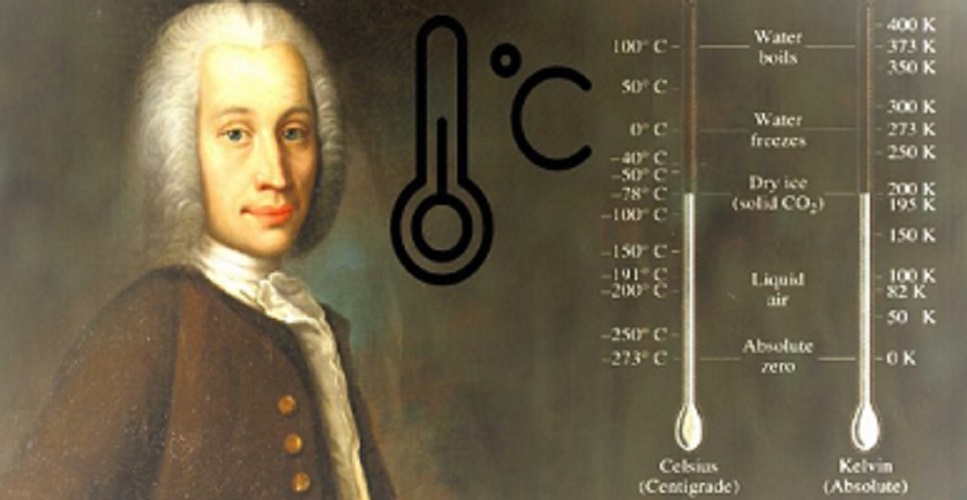What are degrees Celsius (° C)?
We explain what the Celsius degrees are and who was the creator of this unit of measure. Also, what are the Kelvin and Farenheit grades.
-
What are degrees Celsius (° C)?
Celsius is called a temperature measurement unit erroneously known as degrees Celsius and represented by the symbol ° C. This unit pays tribute to its creator, the Swedish physicist and astronomer Anders Celsius, and is equivalent in caloric intensity to the scale of the Kelvin degrees, so it can be defined with the following formula:
Temperature (° C) = Temperature (K) – 273.15
Paradoxically, William Thompson, creator of the Kelvin scale, created it based on the Celsius degree scale, since it is later. However, the latter is the one accepted by the International System, together with that of Celsius as an accessory unit.
On the other hand, the conversion of degrees Celsius to degrees Fahrenheit is done by the following formula:
Temperature (° F) = 1.8 x Temperature (° C) + 32
The Celsius degree scale places its zero point (0) at about 0.01 degrees below the triple point of water: that in which the three states of matter, solid , liquid and gas , coexist in equilibrium .
Initially, its creator had been based on the freezing and boiling points of water , assigning them 100 and 0 degrees respectively, so that at a higher heat a lower temperature was recorded. This logic would be reversed around 1744 when Jean-Pierre Christin and Carlos Linneo proposed to reverse it.
-
Anders Celsius

The creator of the Celsius scale was Anders Celsius (1701-1744), a scientist of Swedish origin. Born in the Swedish Empire, he was a professor of astronomy at the University of Uppsala , where he supervised the construction of his observatory, in charge of which he was since 1740.
He was interested in observing the northern lights , in measuring the flattening of the planet at its poles, although his best known scientific contribution is the creation of the temperature scale that bears his name, which he proposed to the Swedish Academy of Sciences as a replacement for the Farenheit scale, of German origin.
He died in 1744, a victim of tuberculosis. However, in life he enjoyed numerous recognitions in the scientific area , as was his acceptance in the Royal Society, in the Leopoldina Academy of Natural Sciences or the Prussian Academy of Sciences. Subsequently, one of the craters of the Moon was named in his honor.
-
Kelvin Degrees

Created by William Thompson Kelvin (called Lord Kelvin) in 1848, it was established using the Celsius scale, but relocating its zero point (0) to match the so-called absolute zero (-273.15 ° C, minimum possible temperature) but retaining the same dimensions of the scale. This thermometric unit is represented by the letter K and is considered the “absolute temperature”, which is why it is used in the scientific field, especially in physics and chemistry .
Kelvin grades are also used to measure the color temperature in film , video and photography . That is, a scale to measure the color compared to that emitted by a black body heated to a certain temperature in degrees Kelvin.
-
Farenheit degrees

Represented with the symbol ° F, the Farenheit degree was proposed by the German physicist and engineer Daniel Gabriel Farenheit in 1724 . According to its scale, the freezing and boiling points of water are 32 ° F and 212 ° F respectively, that is, unlike the Celsius scale, it does not use these points as defining limits.
Instead, Farenheit determined its zero point on the scale through a usual refrigeration mixture: ice, water and ammonium chloride. This is because he wanted to abolish the negative scales of the Rømer scale used until then.




